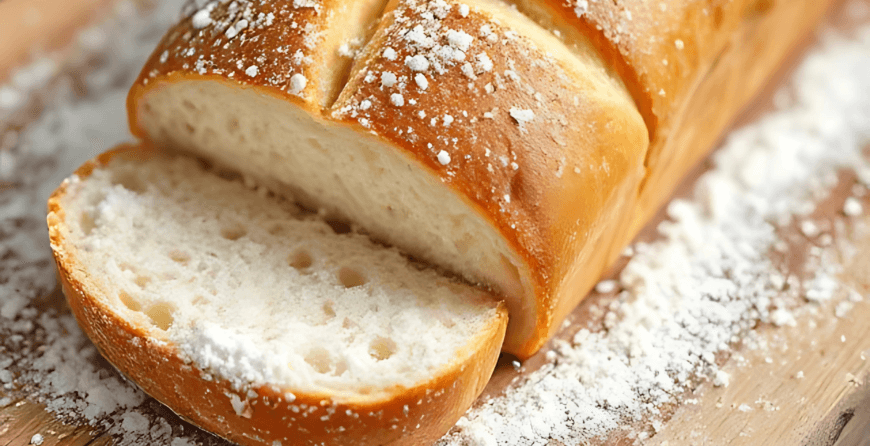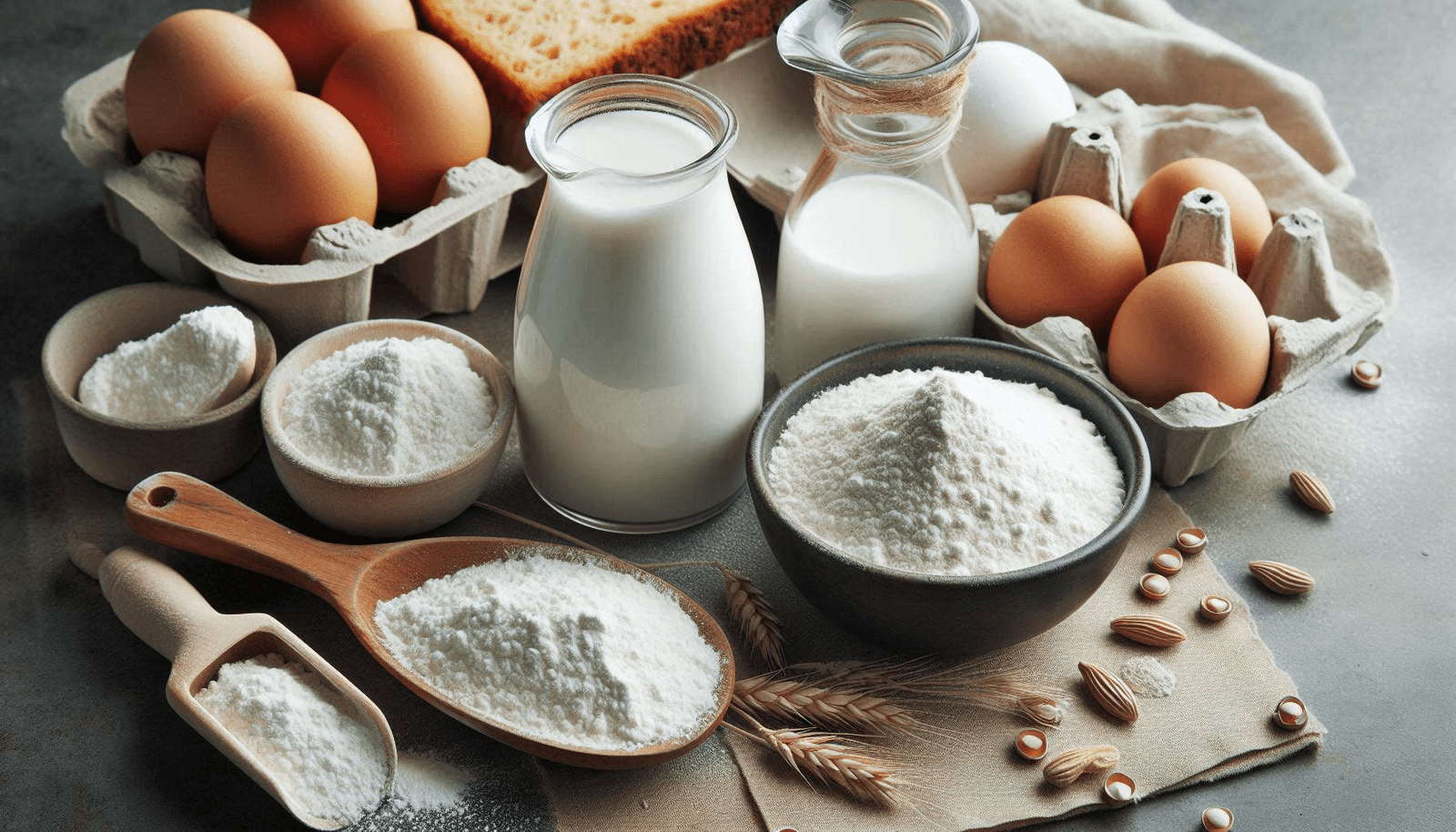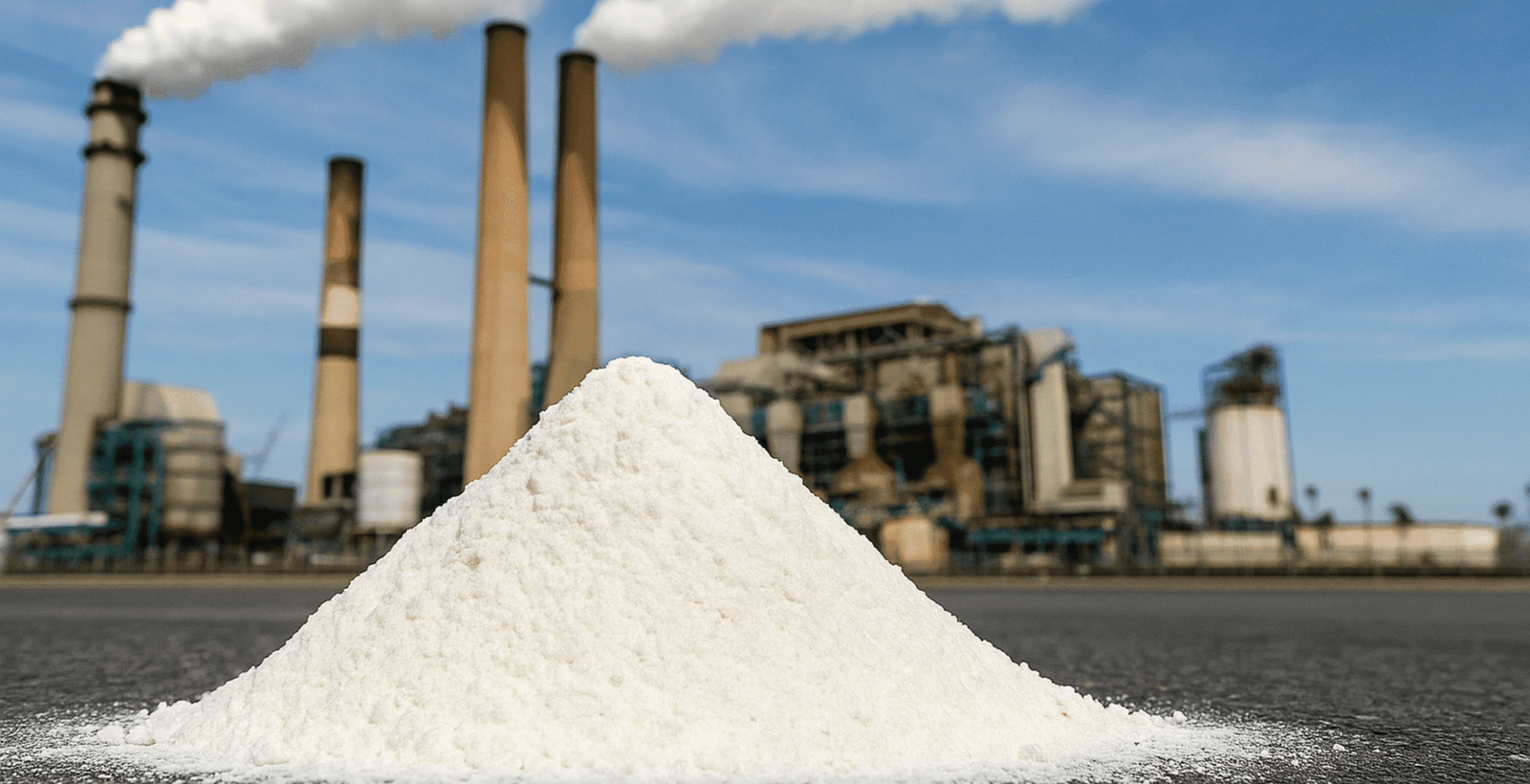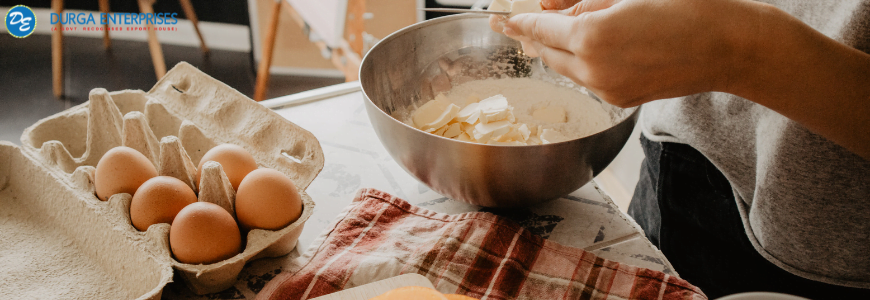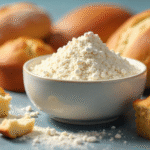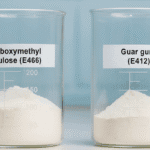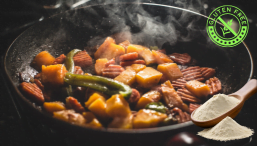Bread has been a primary meal in human diets for centuries, evolving from simple flatbreads to the wide variety we see today. However, modern baking—both at an industrial level and in home kitchens—often requires certain ingredients to improve texture, extend shelf life, and enhance overall quality. One such ingredient is guar gum in bread, which helps maintain softness, prevents crumbling, and improves overall consistency. If you’ve ever wondered how commercial bread stays soft and fresh longer or why gluten-free bread doesn’t crumble apart, the answer often lies in food-grade hydrocolloids like guar gum. Whether you’re a professional baker, a food manufacturer, or someone who loves experimenting in the kitchen, understanding the role of guar gum in bread can be a game-changer.
In this blog, we will explore how guar gum can benefit both industrial and home baking, its advantages, and how to use it effectively.
What Is Guar Gum?
Guar gum is a natural food additive derived from guar beans. It is widely used in the food industry as a stabilizer, thickener, and emulsifier. Guar gum is known for its ability to absorb water and form a gel-like consistency, making it an excellent addition to baked goods. Some key features of guar gum include:
1. High water absorption: It helps retain moisture in bread, preventing it from becoming dry and crumbly.
2. Gluten-free: It is an excellent alternative for gluten-free baking, giving elasticity to dough.
3. Improves dough consistency: It enhances the texture and strength of the dough, making it easier to work with.
4. Cost-effective: Compared to other thickeners and stabilizers, guar gum is relatively inexpensive.
Benefits of Using Guar Gum in Bread:
Guar Gum in Bread plays a crucial role in improving the quality and consistency of bread. Here are some of its key benefits:
1. Enhances Dough Elasticity:
When mixed into the dough, guar gum binds water molecules, creating a more elastic dough that is easier to knead and shape. This elasticity is especially beneficial in gluten-free bread, where the absence of gluten can lead to a crumbly texture.
2. Increases Moisture Retention:
One of the major challenges in baking is ensuring that bread remains soft and moist for longer periods. Guar Gum in Bread acts as a moisture-retaining agent, reducing dryness and preventing the bread from becoming stale too quickly.
3. Improves Bread Texture:
Guar gum contributes to a soft, fluffy texture by evenly distributing moisture throughout the dough. This results in bread that is light and airy rather than dense and heavy.
4. Prolongs Shelf Life:
Industrially baked bread often contains preservatives to extend its shelf life. However, guar gum naturally helps prevent staleness, reducing the need for artificial preservatives.
5. Enhances Dough Stability:
For commercial bakers producing bread in large quantities, consistency is key. Guar gum stabilizes the dough, ensuring uniform results in every batch.
6. Ideal for Gluten-Free Baking:
Since Guar Gum in Bread mimics the effects of gluten by providing elasticity and structure, it is widely used in gluten-free recipes to improve the texture of the final product.
How to Use Guar Gum in Bread Baking:
Guar Gum in Bread is easy to use, whether you are baking at home or in an industrial setting. Here’s how you can incorporate it effectively:
1. Determining the Right Amount:
The amount of guar gum needed depends on the type of bread you are making. As a general rule:
a) For regular bread recipes, use ¼ to ½ teaspoon per cup of flour.
b) For gluten-free bread, use 1 to 2 teaspoons per cup of flour, as more structure is needed.
2. Mixing with Dry Ingredients:
Guar gum should be evenly mixed with dry ingredients before adding liquid. This ensures it is distributed throughout the dough, preventing clumping.
3. Hydrating the Dough:
Since Guar Gum in Bread absorbs a lot of water, you may need to slightly increase the amount of liquid in your recipe to maintain the right dough consistency.
4. Kneading and Proofing:
Guar gum enhances elasticity, making the dough easier to knead. When proofing, the dough will hold its shape better and rise evenly.
Industrial Use of Guar Gum in Bread Baking:
In large-scale bakeries, guar gum is a valuable ingredient due to its ability to enhance efficiency and product quality. Industrial bakers use it for:
1. Equalizing recipes to achieve consistent texture and taste across large batches.
2. Reducing waste by improving dough handling and preventing breakage.
3. Improving dough machinability, making it easier to process in automated baking systems.
4. Enhancing moisture control to prevent premature drying in packaged bread.
Guar Gum vs. Other Binders in Bread Baking
Several other binders and thickeners are used in bread baking, but Guar Gum in Bread has unique advantages:
| Binder | Moisture Retention | Gluten-Free | Cost-Effective | Texture Improvement |
|---|---|---|---|---|
| Guar Gum | High | Yes | Yes | Soft and Elastic |
| Xanthan Gum | High | Yes | No | Slightly Sticky |
| Psyllium Husk | Medium | Yes | Yes | Firm |
| Cornstarch | Low | No | Yes | Dense |
Guar gum is often preferred for its affordability, effectiveness, and ability to maintain bread’s natural softness.
Common Mistakes When Using Guar Gum in Bread:
Although Guar Gum in Bread is highly beneficial, using it incorrectly can lead to undesirable results. Here are some common mistakes to avoid:
1. Using Too Much:
Excessive guar gum can make bread too dense and gummy. Stick to recommended measurements for the best results.
2. Not Mixing Properly:
Failing to mix guar gum evenly with dry ingredients can cause uneven textures in the bread.
3. Not Adjusting Liquid Content:
Since guar gum absorbs water, failing to adjust liquid levels may result in dry or tough bread.
Conclusion:
Whether you are a home baker or an industrial bread manufacturer, incorporating natural hydrocolloids like guar gum in bread can significantly enhance your baking results. It improves moisture retention, texture, shelf life, and overall dough stability. By using it correctly, you can achieve softer, fluffier, and more consistent bread. Try adding Guar Gum in Bread to your next baking session and experience the difference for yourself!
FAQs:
1. What is the role of Guar Gum in bread making?
Guar Gum in bread helps improve dough elasticity, texture, and shelf life.
2. Can I use Guar Gum in gluten-free bread recipes?
Yes, Guar Gum acts as a binder and improves structure in gluten-free recipes.
3. How much Guar Gum should be used in bread baking?
Typically, 0.5% to 1% of Guar Gum in bread flour weight is sufficient.
4. Is Guar Gum safe for home baking?
Yes, using Guar Gum in bread at home is safe and widely accepted in food-grade form.
5. Does Guar Gum affect the taste of bread?
No, Guar Gum has no distinct flavor and does not alter the taste.
6. Can industrial bakeries benefit from Guar Gum in the bread production?
Absolutely, Guar Gum enhances volume, moisture retention, and consistency in large-scale bread production.
7. Is Guar Gum suitable for vegan or plant-based bread?
Yes, Guar Gum in bread is plant-derived and suitable for vegan diets.
8. How does Guar Gum in bread improve shelf life?
Guar Gum retains moisture, keeping bread fresher for longer periods.
9. What are alternatives to Guar Gum in bread recipes?
Alternatives to Guar Gum in bread include xanthan gum, psyllium husk, and agar-agar.
10. Where can I buy food-grade Guar Gum for baking?
Food-grade Guar Gum in bread form is available online, in baking supply stores, ad at Durga Enterprises.

